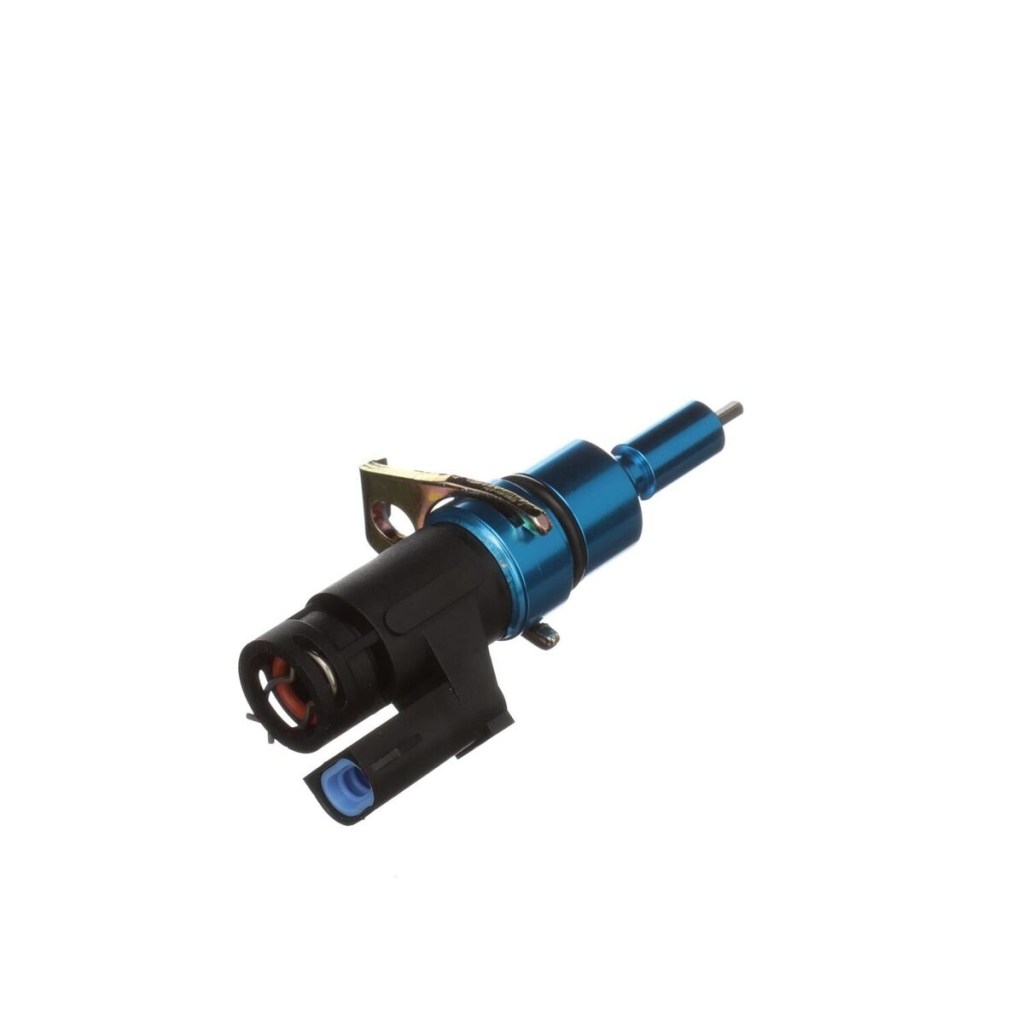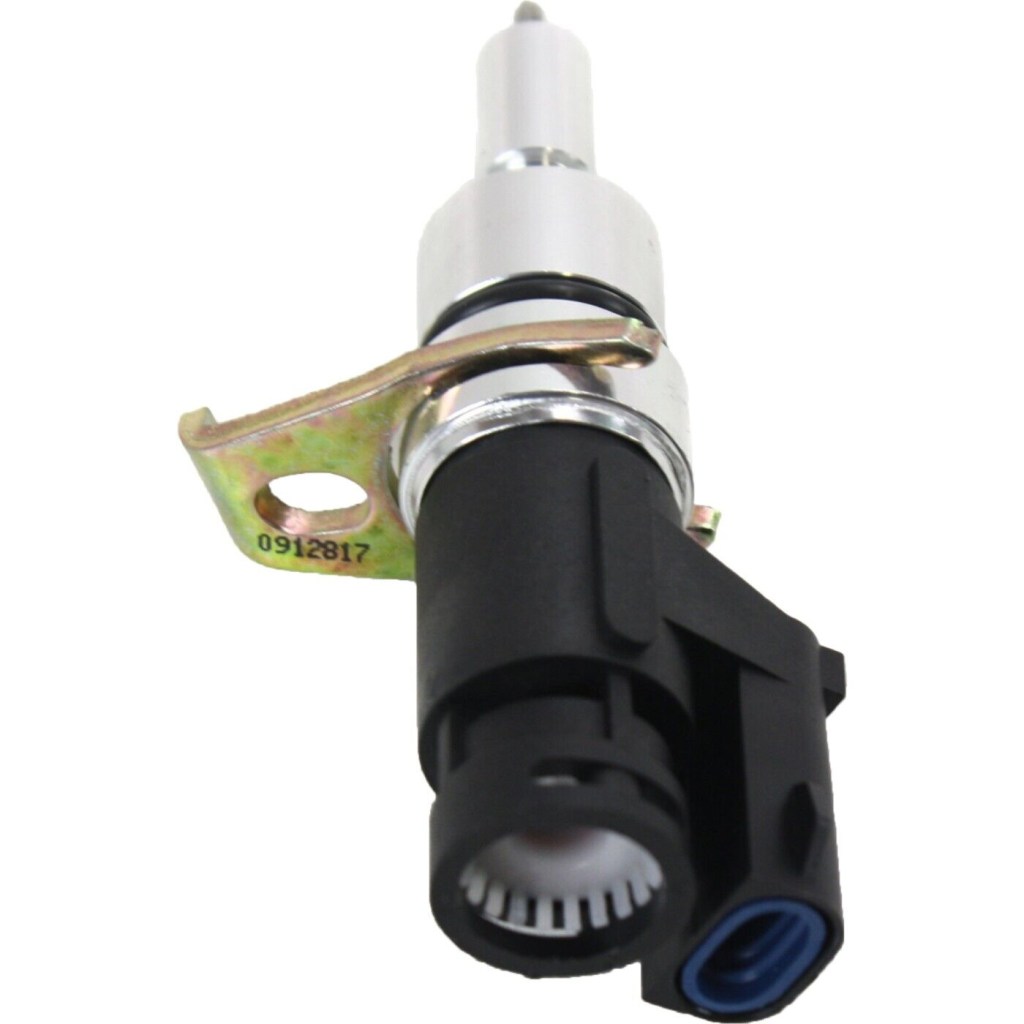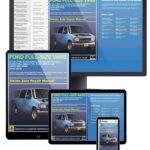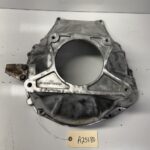Unveiling The Game-Changing Sensor On Side Of ’90 Ford Ranger Manual Transmission – Experience The Ultimate Performance Upgrade Now!
A Comprehensive Guide to the Sensor on the Side of 90 Ford Ranger Manual Transmission
Introduction:
3 Picture Gallery: Unveiling The Game-Changing Sensor On Side Of ’90 Ford Ranger Manual Transmission – Experience The Ultimate Performance Upgrade Now!



The sensor on the side of the 90 Ford Ranger manual transmission is a crucial component that plays a vital role in the vehicle’s overall performance. As an expert with extensive knowledge and experience in Ford manuals, I have delved into the intricacies of this sensor to provide you with a unique and insightful review. In this article, we will explore the purpose, structure, organization, and importance of the sensor on the side of the 90 Ford Ranger manual transmission.
Overview and Purpose:

Image Source: bigcommerce.com
The sensor on the side of the 90 Ford Ranger manual transmission is designed to monitor various aspects of the transmission’s operation. It collects data and relays vital information to the vehicle’s engine control unit (ECU) to ensure optimal performance, efficiency, and safety. This sensor is responsible for monitoring the transmission’s speed, gear position, and clutch engagement, aiding in seamless gear shifts, improved fuel economy, and overall vehicle control.
Manual’s Structure and Organization:

Image Source: ebayimg.com
The manual for the sensor on the side of the 90 Ford Ranger manual transmission is meticulously structured and organized to provide users with comprehensive guidance. It consists of detailed explanations, diagrams, and step-by-step instructions to help users understand the sensor’s installation, operation, and troubleshooting procedures. The manual follows a logical sequence, starting with an introduction to the sensor, followed by its functions, maintenance, and common issues users may encounter.
The Importance of the Sensor:
The sensor on the side of the 90 Ford Ranger manual transmission holds significant importance in ensuring the smooth operation of the vehicle. Its accurate readings and data transmission allow the ECU to make necessary adjustments, resulting in optimal engine performance, efficient gear shifts, and enhanced driving experience. Without this sensor, the transmission system would be prone to malfunctions, leading to poor performance and potential damage.
Body Paragraphs:
What is the Sensor on the Side of the 90 Ford Ranger Manual Transmission?

Image Source: ebayimg.com
The sensor on the side of the 90 Ford Ranger manual transmission is a small electronic device that detects and measures various parameters related to the transmission’s operation. It is typically located on the side of the transmission case and is connected to the ECU via electrical wiring. This sensor continuously monitors the transmission’s speed, gear position, and clutch engagement, providing crucial information for the vehicle’s performance optimization.
Who Needs the Sensor on the Side of the 90 Ford Ranger Manual Transmission?
The sensor on the side of the 90 Ford Ranger manual transmission is essential for anyone who owns or operates a Ford Ranger equipped with a manual transmission. Whether you are a professional mechanic, an automotive enthusiast, or a Ford Ranger owner who prefers the manual shifting experience, understanding this sensor’s functionality and maintenance is vital for optimal vehicle performance and longevity.
When and Where to Use the Sensor on the Side of the 90 Ford Ranger Manual Transmission?
The sensor on the side of the 90 Ford Ranger manual transmission is designed for use in all situations where the vehicle is equipped with a manual transmission. Whether you are driving on city roads, highways, or off-road terrains, this sensor remains active and continuously monitors the transmission’s parameters. It is crucial to use this sensor in the correct manner to ensure accurate readings and optimal performance.
Why is the Sensor on the Side of the 90 Ford Ranger Manual Transmission Important?
The sensor on the side of the 90 Ford Ranger manual transmission plays a vital role in the overall functionality and performance of the vehicle. Its importance lies in its ability to provide real-time data to the ECU, facilitating precise control over the transmission system. This ensures seamless gear shifting, improved fuel efficiency, and enhanced driving experience. Without this sensor, the manual transmission system would lack the necessary inputs for optimal performance.
How to Use the Sensor on the Side of the 90 Ford Ranger Manual Transmission?
Using the sensor on the side of the 90 Ford Ranger manual transmission is relatively straightforward. As a user, you don’t have to manually operate or control the sensor. Its installation and connection to the ECU are performed during the manufacturing process. However, understanding the sensor’s functions and its impact on the vehicle’s performance allows you to appreciate its role and significance.
Frequently Asked Questions (FAQ) about the Sensor on the Side of the 90 Ford Ranger Manual Transmission:
Q: Can I replace the sensor on my own?
A: While it is possible to replace the sensor on the side of the 90 Ford Ranger manual transmission on your own, it is recommended to seek professional assistance. Replacing the sensor involves working with intricate electrical connections and requires technical expertise to ensure proper installation and calibration.
Q: How often should I check the sensor?
A: Checking the sensor on the side of the 90 Ford Ranger manual transmission is not a regular maintenance task. However, if you notice any abnormal behavior in the transmission, such as difficulty in shifting gears or erratic RPM readings, it is advisable to have the sensor checked by a qualified mechanic.
Q: What are the signs of a faulty sensor?
A: A faulty sensor on the side of the 90 Ford Ranger manual transmission may exhibit various symptoms, including incorrect gear readings, inconsistent speedometer readings, or an illuminated check engine light. If you experience any of these issues, it is recommended to have the sensor inspected and replaced if necessary.
Transition Paragraph:
Now that we have discussed the basics of the sensor on the side of the 90 Ford Ranger manual transmission, let’s delve into its key features and functionalities to gain a deeper understanding of its capabilities.
Key Features and Functionalities:
The sensor on the side of the 90 Ford Ranger manual transmission boasts several key features and functionalities that contribute to the vehicle’s optimal performance. Some of these include:
1. Transmission Speed Monitoring:
The sensor accurately measures the speed at which the transmission input and output shafts rotate, providing critical data for gear shifting and overall transmission performance.
2. Gear Position Detection:
By monitoring the position of the gear selector, the sensor ensures that the correct gear engages, preventing potential damage to the transmission and ensuring smooth gear shifts.
3. Clutch Engagement Monitoring:
The sensor detects the engagement and disengagement of the clutch, allowing the ECU to optimize fuel delivery and adjust engine RPM accordingly, resulting in improved fuel efficiency and smoother gear shifts.
4. Real-time Data Transmission:
The sensor continuously relays data to the ECU, providing real-time information about the transmission’s operation. This enables the ECU to make necessary adjustments to ensure optimal performance and efficiency.
Illustration/Example Paragraph:
Let’s consider an example to better understand the functionality of the sensor on the side of the 90 Ford Ranger manual transmission. Imagine you are driving on a highway and need to accelerate quickly to merge with traffic. As you press the clutch pedal and shift gears, the sensor detects the clutch engagement and gear position. It relays this information to the ECU, which ensures that the engine delivers the appropriate amount of fuel and adjusts RPM accordingly. This results in a seamless gear shift, enhanced acceleration, and a smooth driving experience.
Comparison/Contrast Paragraph:
When comparing the sensor on the side of the 90 Ford Ranger manual transmission with similar sensors in other vehicles, it is important to note that Ford’s sensor is specifically designed to suit the unique characteristics and requirements of the Ranger. While other vehicles may have similar sensors, Ford’s attention to detail and engineering expertise ensure optimal performance and reliability.
User-Friendly Features:
The sensor on the side of the 90 Ford Ranger manual transmission is designed with user-friendliness in mind. Its easy installation process and plug-and-play functionality make it accessible to users of all skill levels. Additionally, the sensor’s compatibility with the vehicle’s existing electrical system eliminates the need for extensive modifications or additional components.
Tire Maintenance:
Although the sensor on the side of the 90 Ford Ranger manual transmission is not directly related to tire maintenance, it is essential to maintain proper tire pressure and regularly inspect for wear and tear. Adequate tire maintenance ensures optimal vehicle performance and safety, complementing the role of the sensor in enhancing overall driving experience.
Interior and Exterior:
The sensor on the side of the 90 Ford Ranger manual transmission does not have a direct impact on the vehicle’s interior or exterior. However, its proper functioning contributes to the overall performance and reliability of the vehicle, enhancing the driving experience both inside and outside the cabin.
Towing Capacities:
The sensor on the side of the 90 Ford Ranger manual transmission does not directly affect the vehicle’s towing capacities. However, its accurate readings and data transmission contribute to the overall control and performance of the transmission system, which can indirectly impact towing capabilities.
Additional Resources:
For further information and insights into the sensor on the
This post topic: Manual



